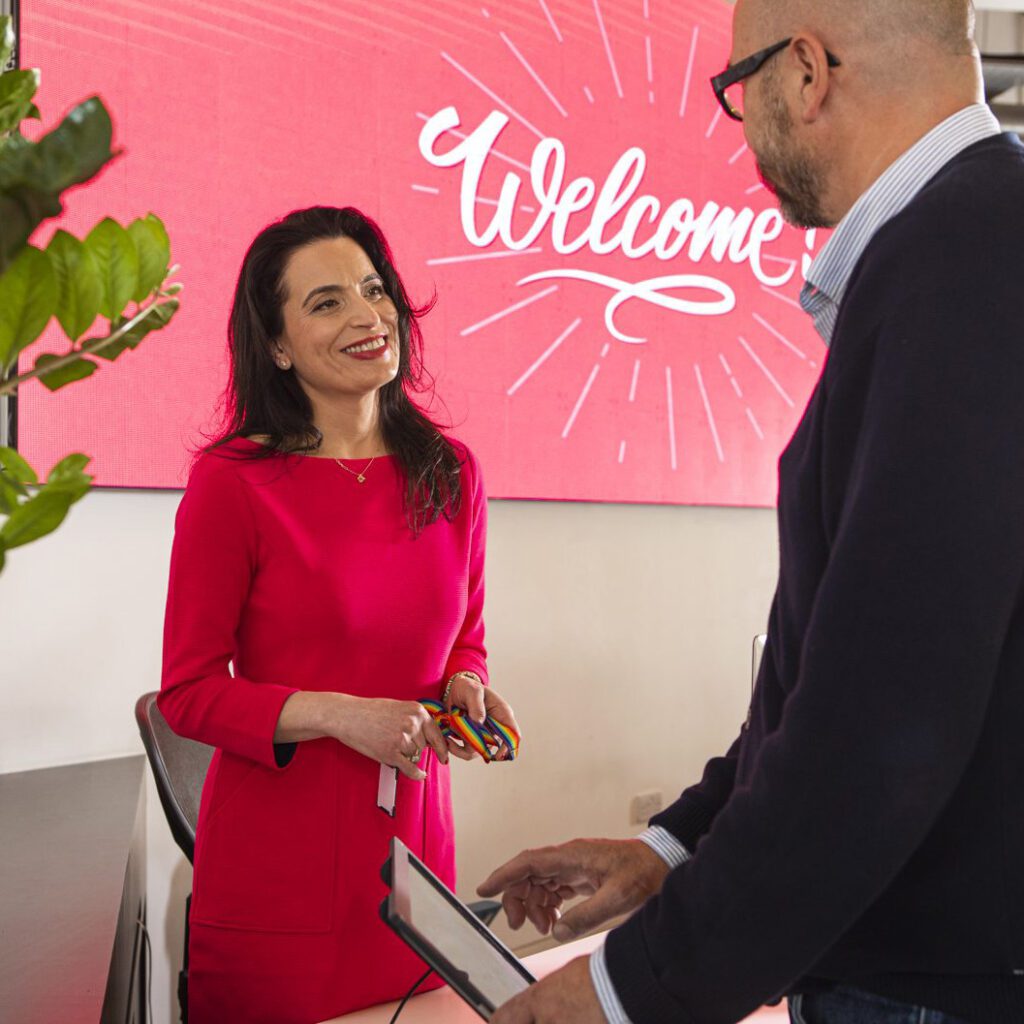Even before the disruption and upheaval of the world of work over the last few years, the role of the office was evolving.
In 2019, 27 per cent of the UK’s workforce worked from home at some point, according to Annual Population Survey data. At this time, around 1.54 million people worked remotely for their main job, nearly double that recorded in 2011 (880,000). While these numbers are small when compared to the rest of the UK working population at the time, they demonstrate that the ‘workplace’ was fluid for many.
Since January of 2023, it was estimated that 40 per cent of working adults worked from home at some point within the week, and it’s estimated that 70 per cent of the workforce could be working remotely by 2025.
This shows that the office is potentially losing its favourability; when given the choice, the majority of workers choose their home comforts over the commute.
Rather than signalling the demise of the office, there is a tremendous opportunity to reinvent the workplace into more than just the place you go to work. By creating a destination and focussing on experiences that cannot be replicated at home, employees can be enticed back because they view the office as a value add.
A little goes a long way
We want to bring the magic back into the office by creating the best experiences for employees in that space. In our view, it is about mastering a series of small components that add up to create these experiences that will keep employees coming back.
First impressions count, and organisations should start at the beginning – when an employee enters their workplace. The experience should be seamless. Technology can play a key role here in the form of workspace booking apps.
These sync with front-of-house systems to ensure a warm welcome is provided every time an employee arrives at the building because they are expected. Personal preferences such as parking spaces, workstations and lockers can be considered – again, small details can be covered by a blend of technology and people to provide a seamless experience that caters to the needs of the individual.
Layout is another crucial facet, even down to the location of individual objects to ensure they are accessible within a workstation. If an office user doesn’t know where to locate something, ensuring the front-of-house team can help them, or the individual has access to an information deck on where to find things in the office, is key. One bad experience can be enough to put someone off making the commute again if they feel their needs can’t be met at the office.
Front-of-house teams should also be monitoring environmental conditions such as air quality and temperature to ensure the workplace is at optimum occupant comfort levels. If a space is too hot or cold, this interferes with an individual’s ability to focus. One study even found that 80 per cent of office workers regularly complain about the temperature of their workplace!
Ensuring the space is at the right levels for users to concentrate on their work is necessary for them to feel comfortable coming back.
The power of the human touch
These are just a handful of simple tips to help create an office experience that will entice employees back into their pre-pandemic workplaces. The key is harnessing the power of relationships and human connection to create a strong social structure in the workplace.
By having a robust and consistent front-of-house team, employees can feel safe in the knowledge that a friendly face will always be there to greet them and help them during the day.
Whatever your organisation decides to deploy, make sure you have the right front-of-house team to help you. Positive environments are infectious – even something as simple as a smile can make somebody’s day.





